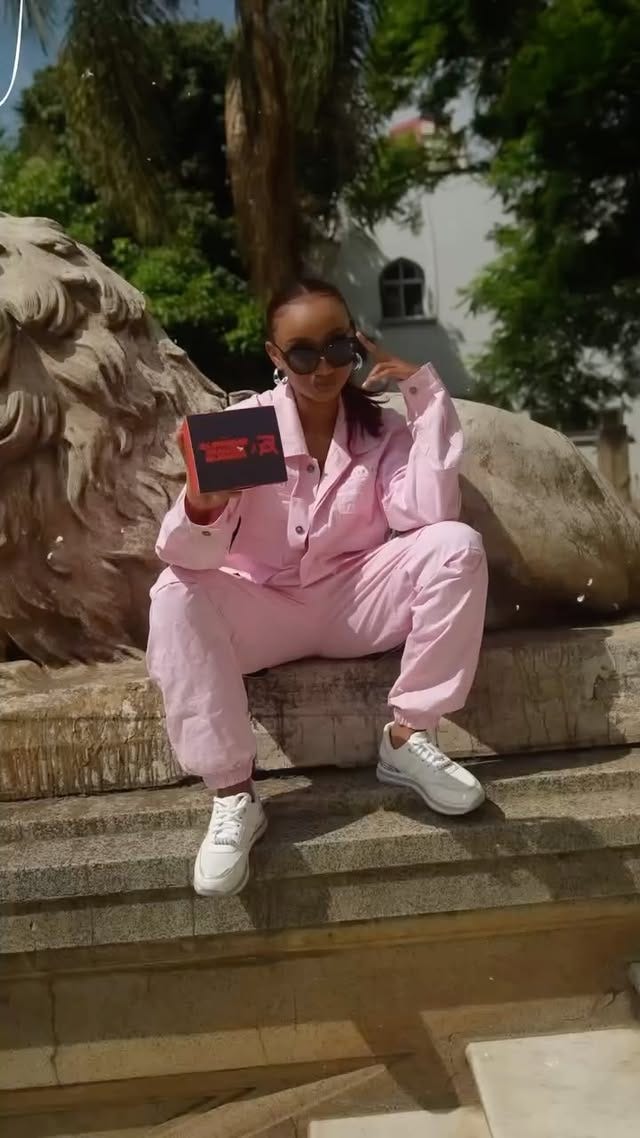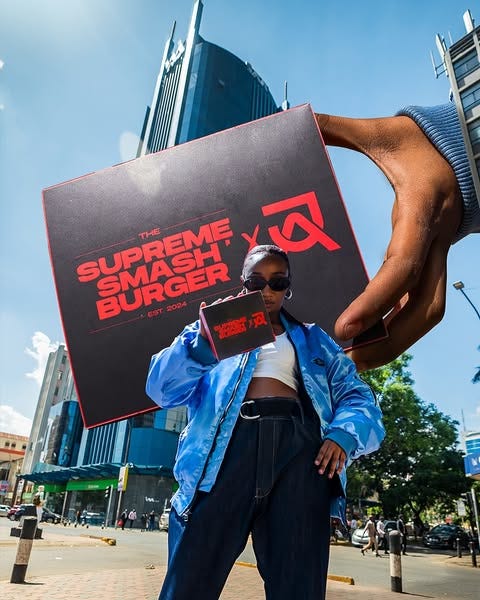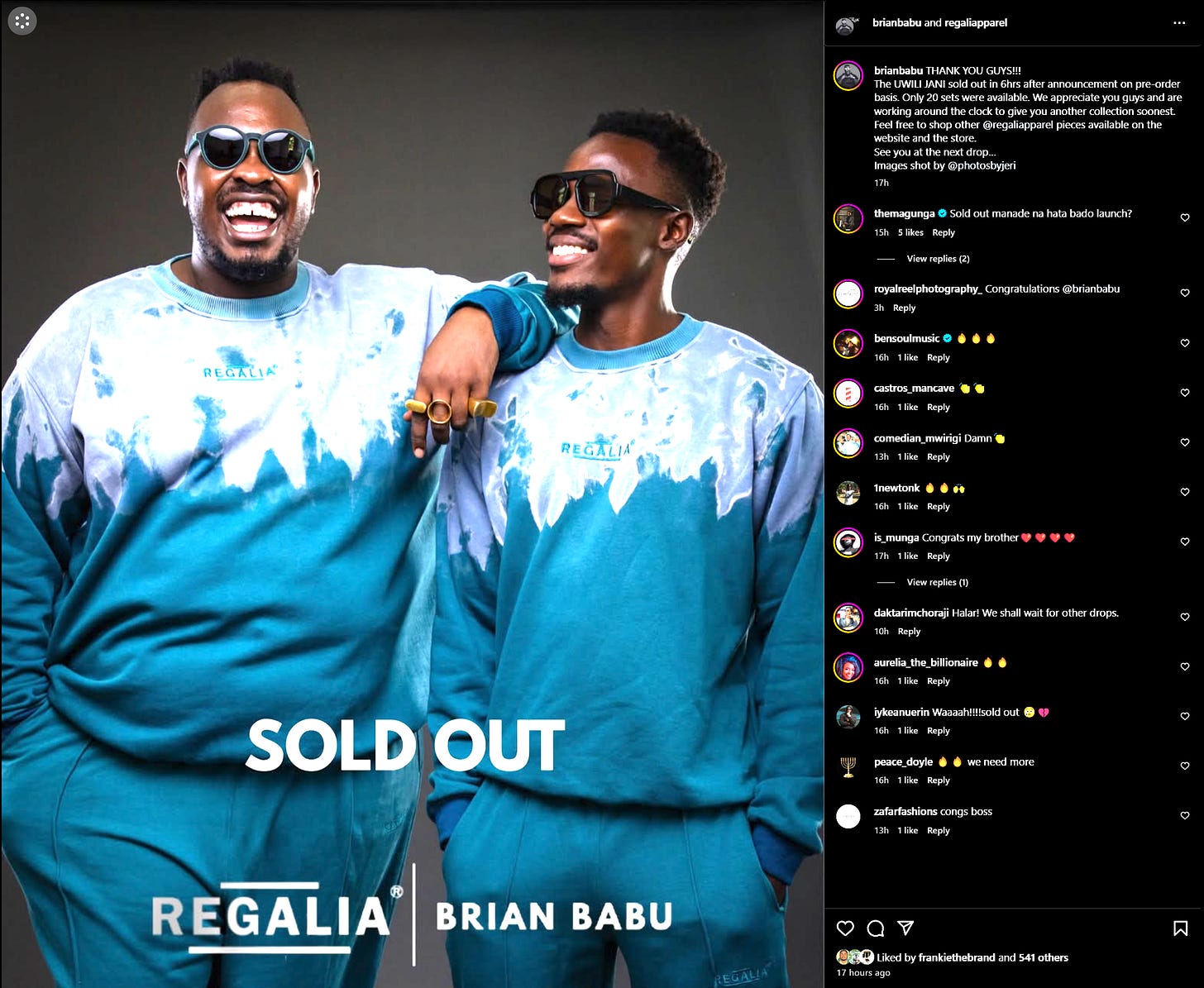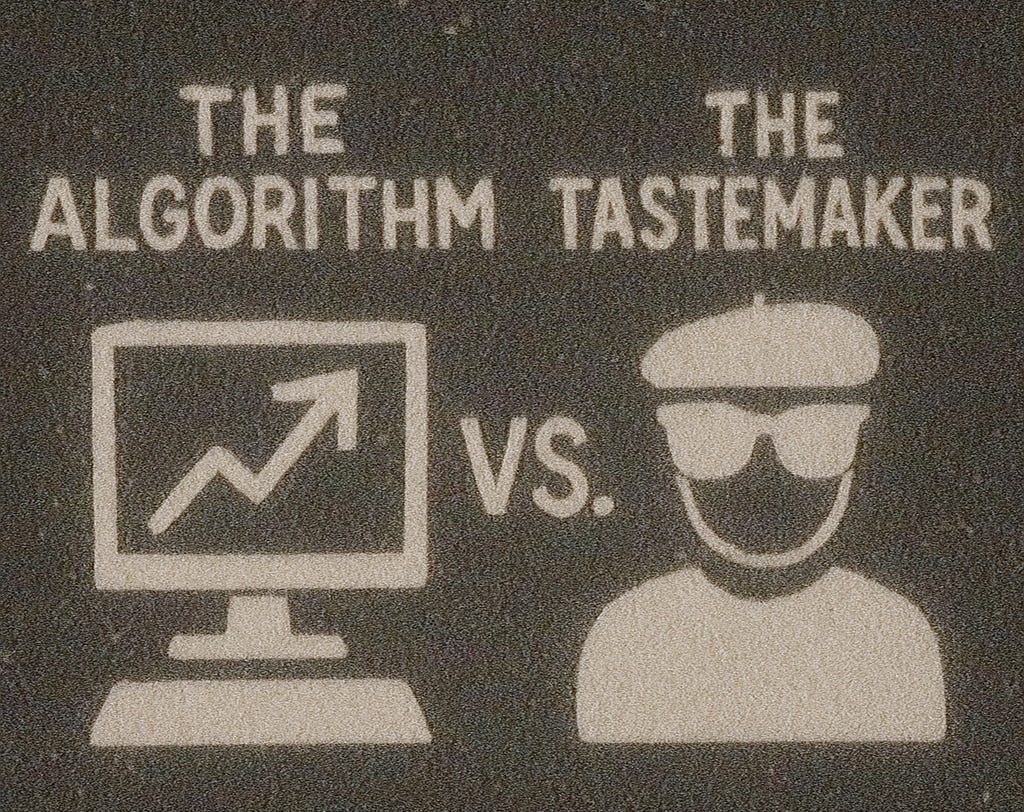I watched KARAK&GO go from a little-known matcha outlet to a citywide obsession, and all it took was one tastemaker's story.
Liya Blogs, whose intuitive grasp of what’s next has quietly shaped Nairobi’s lifestyle scene, casually plugged the spot on her socials. No hashtags. No boosted post. No scripted rollout. Just a genuine recommendation. Within days, queues began forming. Within weeks, it became a cultural touchpoint. Soon after, Liya curated a “Move and Matcha” series with a local pilates studio. Suddenly, matcha wasn’t just a drink. It was an aesthetic. A moment. A lifestyle.


This wasn’t an ad. It was cultural gravity at work.
I’ve seen the same spark with one of the brands I co-founded, The Supreme Smash Burger. Early on, content creator Ajib Gathoni kept posting about how much she genuinely loved our burger. Nothing sponsored, just real fandom. We paid attention. Instead of slapping a promo code on her or turning it into a shallow influencer deal, we invited her in as a co-creator. Together, we developed the AJ x Supreme Burger, a product rooted in her personal taste and style. The rollout was done our way, across different channels, culturally relevant, and driven by her authentic voice. The result? Both her brand and ours soared. This wasn’t influencer marketing. This was shared ownership. Culture in motion.
Having run a culture agency called Alternative for over a decade, with five additional years on either side helping brands find their place in shifting cultural landscapes, I’ve seen this story play out countless times.
Sometimes it’s a fashion curator like Brian Babu breathing life into a rising athleisure brand like Regalia.
Other times it’s a quiet whisper in a Telegram/WhatsApp group that snowballs into a full-on consumer wave.
What ties these moments together? They weren’t driven by the algorithm.
They were sparked by taste.
The Rise (and Reign) of Algorithms
Today, brands exist in an ecosystem designed by algorithms. What we see, who we follow, what trends, and what sells are all determined by invisible calculations powered by engagement loops, behavioral data, and predictive models.
The machines work. Facebook, TikTok, Instagram, and YouTube have created distribution systems at a scale no media company ever could. Their recommendation engines are so precise, they can feed you an idealized, personalized version of culture. A dopamine-rich stream tailored exactly to your desires.
But here’s the catch: it’s not actually culture, it’s a simulation of it.
Over time, the feed starts to feel flat. Every caption is optimized. Every thumbnail looks the same. Every “aesthetic” feels algorithm-approved. We’re living through what some call a cultural flattening, where everyone’s taste starts to look like everyone else’s because the machines are rewarding sameness.
And in this sameness, something essential is lost.
What Tastemakers Still Do Best
Tastemakers are different. They don’t wait to be served what’s popular; they shape what becomes popular. Their power isn’t just in their following, it’s in their filter. They know what’s coming before it arrives. They sense cultural shifts before they become hashtags.
Unlike traditional influencers who often act as engagement machines — posting daily, tailoring content to trends and chasing reach, tastemakers move on instinct. They post less, but with more intention. They don’t chase the algorithm, they lead their audience somewhere new.
In an era where the feed is hyper-optimized, tastemakers remind us what unfiltered, subjective, deeply human curation looks like.
They have taste!!! Not just data.
The Algorithm Is the Gatekeeper. But Humans Still Hold the Keys.
Historically, gatekeepers were editors, curators, and institutions that decided what art, fashion, music, or content got exposure. They had flaws, but they also had taste and context.
Now, algorithms have taken over. They recommend content based on behavior, not merit. They reward engagement, not necessarily quality.
But consumers are catching on. You can feel the shift.
There’s a rebellion happening. A return to the human. People are seeking out curators, niche voices, communities, and storytellers who feel real. Because if everyone’s getting the same feed, what feels different becomes valuable.
Authenticity becomes a premium. Trust becomes currency. And taste becomes a differentiator.
Brands Need to Stop Chasing Virality — and Start Building Culture
Most brands today are overly obsessed with performance marketing. CPMs, clickthroughs, conversions. But in chasing short-term metrics, they’re losing long-term meaning.
Consumers can smell it. They know when a campaign was built for the algorithm. They know when something’s been A/B tested (mostly trial and error-ed) into oblivion.
And more importantly, they know when something feels real.
The brands that are winning now aren’t necessarily the loudest or the most viral — they’re the ones creating value, telling stories, and collaborating with people who have cultural intuition. Not just influence, but influence with context.
How to Work With Tastemakers (The Right Way)
The best partnerships aren’t transactional. They’re collaborative. They’re built on mutual respect and a shared understanding of culture. Here's how I’ve seen it work:
Don’t hire tastemakers to shout your message. Co-create with them to shape it.
Don’t just look at follower count. Study their point of view, their community, their curation.
Don’t force a trend fit. Let them lead. They often know what works better than your strategy deck.
Build long-term relationships. The best taste isn’t microwaved — it’s cultivated.
Tastemakers aren’t campaign assets — they’re cultural co-pilots.
The Hybrid Future: Algorithms + Intuition
The future isn’t algorithm versus human. It’s both.
The smartest brands will use algorithms for scale and humans for soul. They’ll distribute with data but curate with feeling. They’ll trust recommendation engines for reach but trust tastemakers for resonance.
In a world where everyone’s optimizing for attention, the real flex is still having taste.
Final Thoughts
Culture doesn’t move because something went viral. It moves because someone believed in something before the world caught up.
As marketers, founders, and creatives, we can’t outsource taste to code. The algorithm might distribute your content. But it’s the tastemakers who make it matter.
So, as we navigate this tension between machine-driven personalization and human intuition, remember:
The future of brand relevance lies not just in being seen but in being chosen.
And humans still choose better than machines.







✨Love this! Algorithms distribute, but tastemakers create culture. Authenticity > optimization. ✨